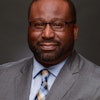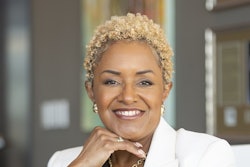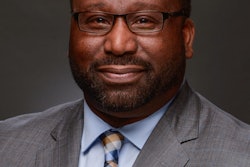In November, the White House titillated the higher education community by announcing first lady Michelle Obama would be more involved in higher education initiatives, particularly for low-income students. The first lady spoke about her journey to college from a Washington, D.C., high school, pointing to the self-determination and grit that allowed her to overcome the challenges of a busy guidance counselor, discouraging teachers and limited financial resources in her college choice process. Her hard work paid off as she escaped undermatch ― or the phenomenon where students do not attend a college or university that they could have gained admission to, based on their academic abilities.
The Obama White House has made higher education a policy priority by focusing on quality and now access ― and as the Obama administration prepares for its next meeting, here are three small details of undermatch that have big implications for higher education reform.
Undermatch isn’t just about high-achieving students.
Students at all ability levels undermatch. However, because many studies have focused on high-achieving low-income students, there is a misperception that they are the only students who miss out on going to colleges that match their academic abilities. One piece covering the first lady’s speech inaccurately defined undermatch as, “when high-achieving low-income students don’t apply to the competitive colleges where they would likely be accepted.” Unfortunately others are following suit.
This is a particularly dangerous oversight when you consider how small the group of high-achieving students actually is ― whether you define them as the top 10 percent of their class or the kids with high SAT scores. What happens to the rest? For the typical student who is eligible to attend a less selective four-year or two-year institution, an “undermatch” won’t be from an Ivy League college to a state flagship, but potentially to a for-profit where they are liable to incur high debt ― or they might just not go to college at all. These students, too, have a lot to lose. We need to start framing the problem of “match” to include viable pathways to two-year and vocational tracks in order to fully develop the nation’s workforce.
Some selective colleges just do not want large numbers of low-income students.
Many of the top colleges have not kept up with the growth in the number of high school graduates, and low income students in particular, who are clamoring for postsecondary education, simply allowing their admissions rates to drop and becoming increasingly competitive. So, many students who heed the first lady’s advice ― work hard and don’t give up ― will find that the path that Michelle and I have taken is now more competitive than ever.
High schools (and states) have a responsibility to connect students with resources.
Michelle Obama’s narrative of working hard and navigating the overburdened system in order to land at the gates of the Ivy Leagues is incredibly inspiring. Her account of the grit she exhibited is easily consumable, as being able to persevere is essential to success in school, and in life. However, let’s not ignore the structural inequalities that shape whether and where students choose to go to college, which most students cannot overcome no matter how much tugging on the old boot straps.
The first lady’s remarks dance a fine line between empowering students in their college choice process and shouldering the onus squarely on students, when many (particularly disadvantaged students) may not even know what they don’t know. Students who come from families with limited experience with higher education and its daunting application process will invariably rely on high schools for that information. The quality and availability of college counseling; the extent to which students have access to advanced coursework; where peers end up going after high school; and whether students were exposed to their matched college options all matter. Research shows that when students attend a high school with more resources and college-going norms, they are less likely to undermatch in their applications, above and beyond students’ characteristics.
As the first lady and the White House continue to solidify their higher education agenda, they should promote policies that urge counselors and teachers to match their students’ efforts; high school administrators to prioritize college-going and not just meeting state and federal benchmarks; and states to craft the appropriate policies that support financial aid and academic access efforts.
Awilda Rodriguez is a research fellow for the Center on Higher Education Reform at the American Enterprise Institute.


















